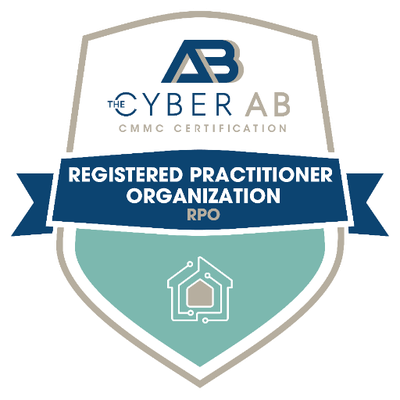Cybercompliance Partners > 7 Steps to Being CMMC 2.0 Certified
7 Steps to Being CMMC 2.0 Certified
Overline
We Champion the Bold to Achieve the Extraordinary
CMMC 2.0 (Cybersecurity Maturity Model Certification) ensures that organizations working with the Department of Defense (DoD) safeguard Controlled Unclassified Information (CUI). Achieving certification can seem daunting, but breaking it down into clear steps makes the process more manageable. Below are seven key phases to help you navigate CMMC 2.0 compliance confidently.
Bring your ideas, ingenuity, and determination to make a difference. Together, we’ll tackle challenges and achieve remarkable results.
Harness our collective expertise to deliver exceptional experiences. Empower employees to act swiftly, proactively, and exceed expectations at every step.
7 Steps to Being CMMC 2.0 Certified
- Determine Your Required CMMC Level
Before beginning your compliance journey, you need to figure out which CMMC 2.0 level applies to your organization. This determination hinges on the sensitivity of the data you handle and your DoD contract requirements. For instance, Level 1 often covers basic safeguarding, while Levels 2 and 3 include more stringent cybersecurity practices. Understanding your target level sets the foundation for everything else, including the specific controls and maturity processes you’ll need to implement. Properly identifying your required level early on prevents wasted resources and time spent preparing for requirements that may not be necessary.
- Perform a Comprehensive Gap Analysis
A gap analysis provides a clear snapshot of where you stand versus where you need to be. Start by examining your current cybersecurity policies, procedures, and controls in detail. Compare these against the CMMC 2.0 practices relevant to your required level. This process helps you pinpoint the exact areas—technical, administrative, or operational—where you fall short. Consider conducting interviews with key personnel, reviewing configuration settings, and assessing existing documentation. A thorough gap analysis not only uncovers vulnerabilities but also offers insights into how to strategically allocate resources for future remediation efforts.
- Create a Prioritized Remediation Plan
Once you’ve identified the gaps, the next step is to form a remediation plan that outlines how to address them. This plan should be prioritized based on potential risks, budget constraints, and the complexity of required fixes. High-risk vulnerabilities—such as weak access controls or unpatched software—should typically receive immediate attention. Map each required CMMC practice to actionable tasks, setting realistic timelines and assigning clear ownership for each. An effective remediation plan acts as your roadmap, ensuring you tackle the highest-impact issues first and gradually close all compliance gaps.
- Implement Technical Controls & Policies
With your remediation plan in hand, it’s time to execute. Implementation encompasses everything from tightening endpoint security and updating firewalls to training staff on secure communication protocols. Policy-wise, you may need to formalize password guidelines, incident response procedures, and data handling policies aligned with your CMMC 2.0 level. This step can be a significant undertaking, often requiring the collaboration of IT, HR, and other key departments. Remember that successful implementation is not just about technology; it’s about fostering a security-first culture throughout your organization.
- Document Everything Thoroughly
Documentation is a cornerstone of CMMC 2.0 compliance. Every control you implement—whether it’s encryption standards or user access restrictions—must be clearly recorded. These records serve as proof that you meet the requirements and provide auditors with the transparency they need. In addition to technical documentation, include process narratives that describe how your organization handles security events, trains employees, and manages vendor access. Well-organized documentation not only streamlines the final assessment but also helps ensure consistency in your cybersecurity practices over the long term.
- Conduct a Readiness Assessment
Before scheduling your official CMMC assessment, it’s wise to perform a readiness check—either internally or through an external consultant. During this step, you’ll simulate the assessment process, reviewing your documentation, testing technical controls, and validating policy implementation. Any lingering deficiencies can be identified and remedied before the real audit. A thorough readiness assessment can save you significant time and resources by minimizing surprises and allowing you to fine-tune your processes to meet the stringent standards of CMMC 2.0.
- Schedule & Pass Your CMMC Assessment
Finally, engage a CMMC Third-Party Assessment Organization (C3PAO) to conduct your formal audit. The auditor will evaluate your implementation, documentation, and compliance with the controls required for your specific level. Once you pass, you’re officially CMMC 2.0 certified. However, certification is not the end of the journey. Ongoing monitoring, periodic reviews, and timely updates remain essential to maintain your CMMC status. Consistently revisiting your controls ensures you stay aligned with evolving threats and emerging DoD requirements.
By following these seven steps, your organization will be well-prepared to achieve and maintain CMMC 2.0 certification. From determining your exact compliance level to documenting every control, each stage lays the groundwork for a secure, resilient, and trustworthy posture—one that opens the door to valuable DoD contracts and protects your critical data assets.
What our clients
are saying?

"Cybercompliance Partners exceeded our expectations! Their hands-on approach made CMMC compliance seamless, saving us time and stress."
Mark T.
Defense Contractor

"Their team transformed our IT infrastructure while ensuring compliance. We now operate more efficiently and securely than ever."
Sarah L.
Manufacturing Executive

"The experts at Cybercompliance Partners guided us every step of the way. Their knowledge and dedication are truly unmatched!"
James R.
Supply Chain Manager


